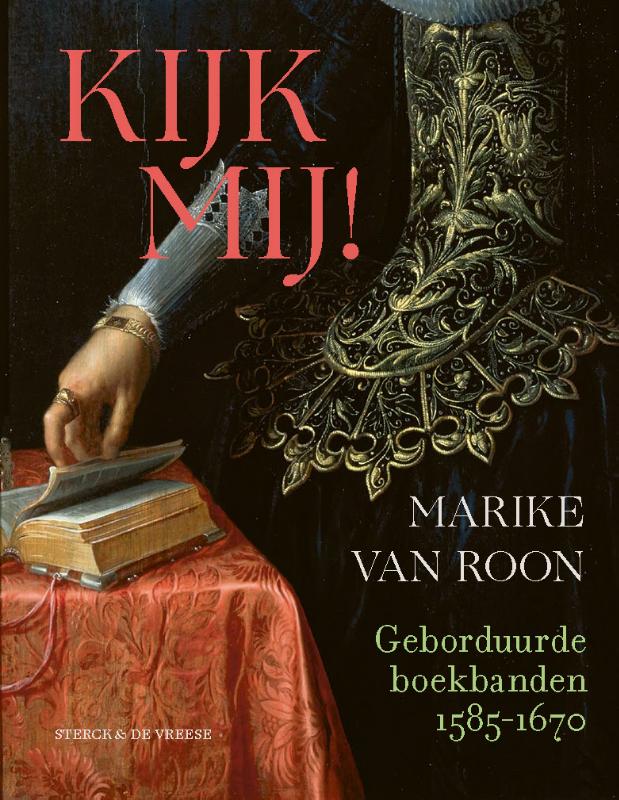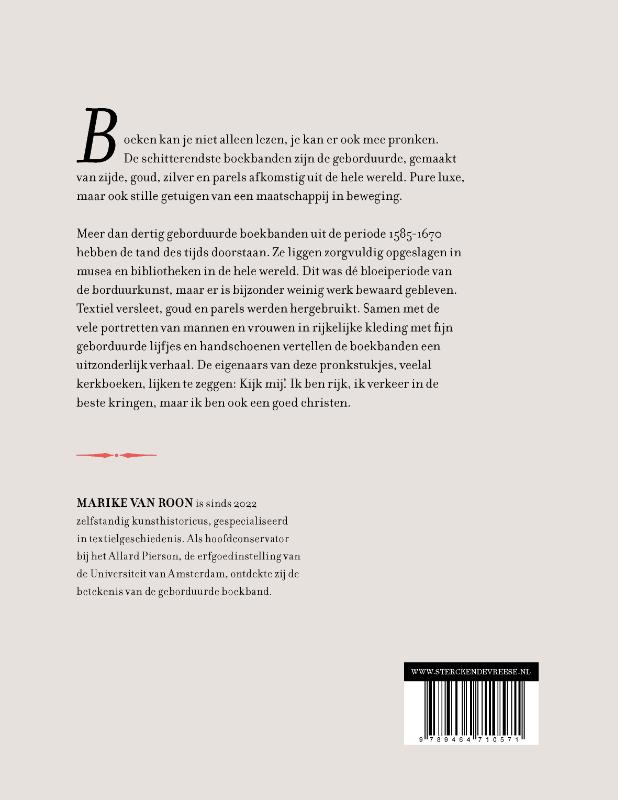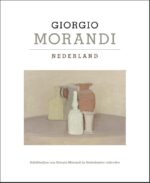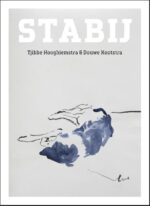Kijk mij!
€ 35,00
Boeken kan je niet alleen lezen, je kan er ook mee pronken.
De schitterendste boekbanden zijn de geborduurde, gemaakt van zijde, goud, zilver en parels afkomstig uit de hele wereld. Pure luxe, maar ook stille getuigen van een maatschappij in beweging.
Meer dan dertig geborduurde boekbanden uit de periode 1585-1670 hebben de tand des tijds doorstaan. Ze liggen zorgvuldig opgeslagen in musea en bibliotheken in de hele wereld. Dit was dé bloeiperiode van de borduurkunst, maar er is bijzonder weinig werk bewaard gebleven.
Textiel versleet, goud en parels werden hergebruikt. Samen met de vele portretten van mannen en vrouwen in rijkelijke kleding met fijn geborduurde lijfjes en handschoenen vertellen de boekbanden een uitzonderlijk verhaal. De eigenaars van deze pronkstukjes, veelal kerkboeken, lijken te zeggen: Kijk mij! Ik ben rijk, ik verkeer in de beste kringen, maar ik ben ook een goed christen.
MARIKE VAN ROON is sinds 2022 zelfstandig kunsthistoricus, gespecialiseerd in textielgeschiedenis. Als hoofdconservator
bij het Allard Pierson, de erfgoedinstelling van de Universiteit van Amsterdam, ontdekte zij de betekenis van de geborduurde boekband.
Gerelateerde boeken
-
Giorgio Morandi – Nederland
€ 19,90In deze publicatie presenteert Museum Belvédère alle elf topstukken uit Morandi’s oeuvre uit Nederlands museaal bezit. Zo toont het schilderijen van de Italiaanse stillevenschilder uit verschillende Nederlandse collecties, waaronder het Stedelijk Museum te Amsterdam, Kunstmuseum Den Haag, Museum Boijmans Van Beuningen te Rotterdam, Fondation Custodia te Parijs en twee particulieren.
Deze bijzondere publicatie met verschillende papiersoorten en een cahiersteek verschijnt bij de gelijknamige tentoonstelling in Museum Belvédère, te zien van 17 juni tot en met 24 september 2023.
-
Stabij
€ 17,90Tjibbe Hooghiemstra (beeldend kunstenaar) en Douwe Kootstra (schrijver en verteller) zijn gek op stabijs. Tjibbe heeft al jaren zulke honden. Die inspireerden hem tot een uitgebreide serie tekeningen.
Los van de verbeeldingen van Tjibbe schreef Douwe verhalen die één overeenkomst hebben: een stabij speelt de hoofdrol. De mix van beeld en tekst maakt Stabij tot een bijzonder boek. Geen hondenboek in de klassieke zin maar een ode aan de mens in de hond.
-
De keunst as útwei
€ 27,90Wat makke dat Simke Kloosterman keas foar in bestean as skriuwster, en dan ek noch yn it Frysk? Wat feroarsake de mankelike toan, dy’t ek yn it wurk fan har heit Jan Ritskes werom te finen is? En hokker rol spile har ferloving en lettere freonskip mei Douwe Kalma? Philippus Breuker besiket yn dizze biografy har langsten en lotgefallen yn libben en wurk te ûntriedseljen.
Simke hat mei har keunst in útwei út de ellinde fan har jonge jierren fûn, mar sykte en twivel oan de wearde fan dy keunst hawwe har letter it betreklike fan har stribjen fiele litten. Dochs is de Fryske literatuer net sûnder har te tinken. Mannich boek fan har hat noch altyd syn leafhawwers.Philippus Breuker (1939) publisearret oer skiednis, taal en literatuer fan Fryslân. Earder ferskynde fan syn hân De Gouden Iuw yn Boazum en Fryslân yn de Gouden Iuw.





